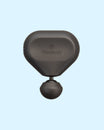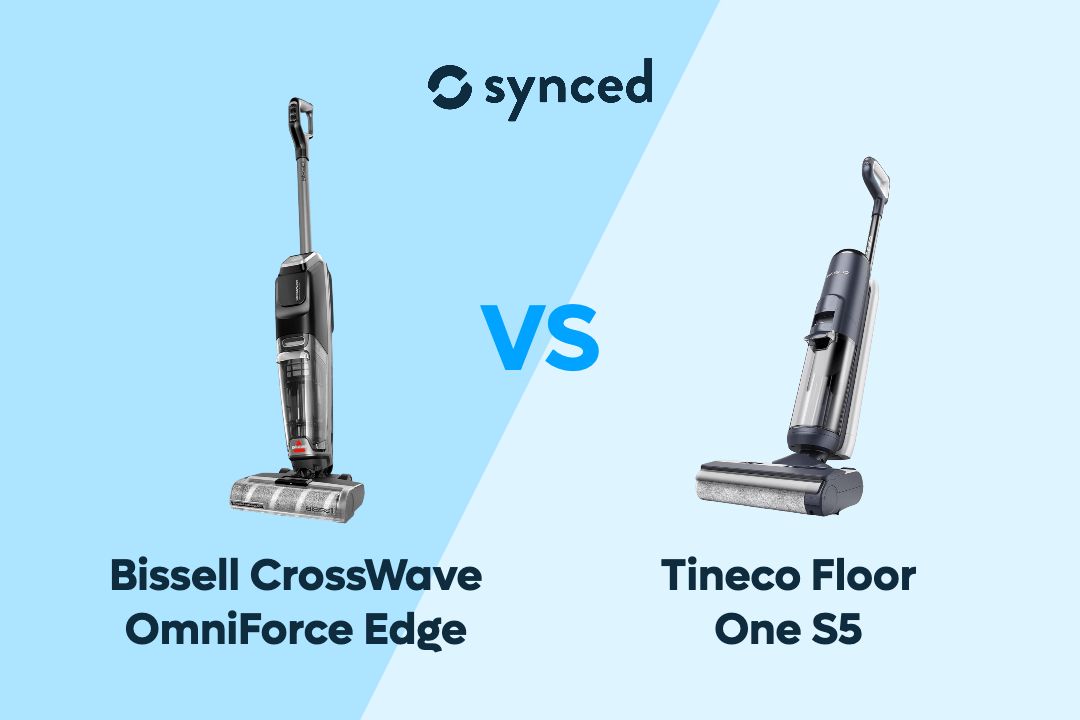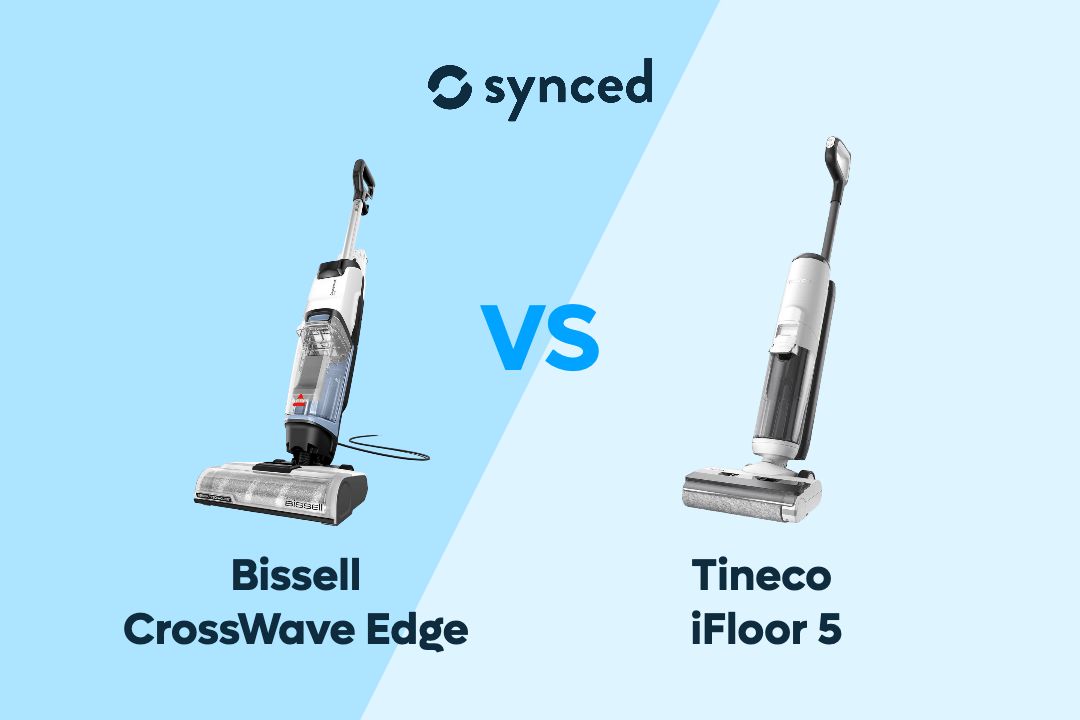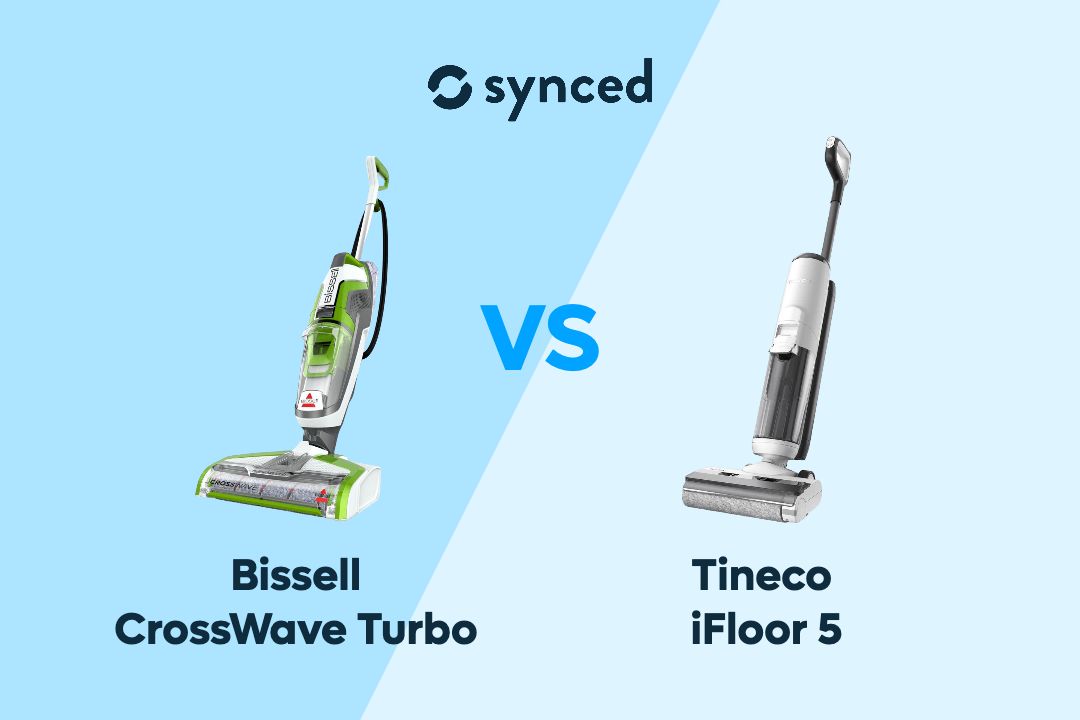Samsung S90D vs S95D: Differ More Than Meets the Eye
By Naila Syifa
Updated April 2024

Samsung's 2024 OLED TV lineup is headlined by the S90D and S95D models, both promising stunning picture quality and advanced features. In this comparison, we'll take a closer look at the key differences between these two premium TVs to help you decide which one best suits your needs and preferences.
Key Takeaways
The S95D is slimmer by having ports housed separately in a media box, while the S90D has a chunkier design with ports built into the TV. S95D is also 70% brighter than the S90D with its HDR Pro compared to HDR+ in the S90D. The S95D also has a more immersive audio system with more speakers and OTS+, while the S90D has less speakers with OTS Lite.


Samsung S90D OLED TV
Premium Smart TV
✓ NQ4 AI Gen2 Processor
✓ Dolby Atmos and Object Tracking Sound Lite
✓ Motion Xcelerator 144Hz
✓ Samsung Tizen OS

Samsung S95D OLED TV
Premium Smart TV with Anti-Glare
✓ NQ4 AI Gen2 Processor
✓ Dolby Atmos and Object Tracking Sound+
✓ OLED Glare Free
✓ One Connect Box
#1 Price

Samsung S90D
Samsung S95D OLED TV is generally more pricey than the S90D model. For the 55-inch size, you can expect to pay around US$2600 for the S95D, which is $600 more than the S90D's price tag of US$2000.
In addition, the S90D is also available in smaller 42-inch and 48-inch sizes, while the S95D only comes in 55-inch and larger. Smaller models provide more affordable options, making the S90D a better choice for those on a tighter budget.
#2 Design

Samsung S90D (Left) vs S95D (Right)
Both the S90D and S95D feature bezel-less designs with a very slim frame that seamlessly blend into your living space. Rather than debating on which TV has a slimmer profile, I think it is more important to point out the difference in the entirety of the slim profile itself.
The S90D's LaserSlim design only applies to the upper half of the TV, while the lower half has a slightly thicker part where the ports are housed.
In contrast, the S95D boasts the Infinity One design similar to those found on the Neo QLED 8K TV models, which maintains an ultra-slim profile from top to bottom, resulting in a more consistent and sleek appearance.
Now you may wonder, what is the importance of having a uniformly slim profile while the chunk of the TV is on the backside anyway, out of sight? Well, I deem this quite important for those who plan to mount their TV on the wall, as the consistent slimness allows for a more flush and seamless installation. It makes the TV appear like a piece of art hanging on your wall.

One Connect Box
This uniform slimness in the S95D is possible because all the connections and ports are located on a separate One Connect Box, unlike the S90D, which has them built into the TV itself. This external connection box simplifies cable management and keeps the back of the TV clutter-free.
You can place the One Connect Box in a cabinet or on a shelf, keeping your setup tidy and organized. You can also put it on the back of the TV if you want. Placing it in a separate room is also possible, as the Invisible Connection cable, which connects the box to the TV, is available up to 49 feet long.
But yeah, you read it right, the One Connect Box still has to be wired to the television. This is different from LG's high-end M3 and M4 models, which come with a Zero Connect Box that is truly wireless for up to 30 feet distance from the TV, allowing for an even more seamless and clutter-free setup.
Read also: LG M3 vs M4: Wireless OLED TV Compared
Another difference between the Samsung S90D and S95D in terms of design is the number of ports offered. Both TVs offer 4 HDMI, 1 Ethernet, 1 optical, 1 antenna, and a 3.5mm EX-Link port. The difference is while the S90D offers 2 USB-A ports, the S95D model offers 3 USB-A ports, providing more flexibility for connecting external devices.
#3 Picture Quality

Samsung S95D
As OLED 4K TVs, both models offer exceptional picture quality with deep blacks, vibrant colors, and wide viewing angles. They are powered by the same NQ4 AI Gen2 Processor, which enhances image processing and delivers impressive upscaling capabilities, so you can enjoy 4K-like quality even from lower resolution content.
With a high 120Hz refresh rate and Motion Xcelerator 144Hz that can reduce motion blur and judder, both TVs deliver smooth and fluid visuals, especially during fast-paced scenes. This makes both TVs well-suited for gaming and other fast-paced content.
One difference is while the S90D model offers OLED HDR+ technology, the S95D takes it a step further with OLED HDR Pro, which promises up to 70% brightness boost compared to the S90D, resulting in even more stunning HDR performance.
The S95D also offers OLED Glare-Free, which minimizes reflections and glare, ensuring a clear and immersive viewing experience even in bright environments.
#4 Audio Quality
Object Tracking Sound
Both TVs feature Dolby Atmos, a cutting-edge audio technology that delivers an immersive and engaging sound experience. It creates a three-dimensional audio environment where sounds can be precisely placed and moved around the room, putting you right in the middle of the action, whether you're watching a movie, playing a video game, or listening to music.
However, the S95D model has better sound quality, a wider soundstage, and more surround sound effects with its 4.2.2 Channel speaker, compared to the 2.1 Channel speaker found in the S90D.
This difference in speaker array results in another difference in terms of Object Tracking Sound (OTS) technology, with the S90D only offering OTS Lite while the S95D has the OTS+ for a more precise and nuanced soundscapes.
#5 Smart Features

Samsung S90D vs S95D
In terms of smart features, the S90D and S95D are very similar. Both are quipped with Samsung's Tizen operating system, offering a user-friendly interface and access to a wide range of streaming apps and services. You also get free access to Samsung TV Plus, which provides over 250 live TV channels at no additional cost.
Multi View feature allows you to split the screen to watch up to 2 sources simultaneously, perfect for multitasking or keeping an eye on multiple programs at once. You can also use the built-in Alexa and Bixby, or use Google Assistant-compatible speakers to control your TV hands-free while being occupied with other tasks.
For gaming, both TVs also have a range of features designed to enhance your gaming experience, such as Gaming Hub, Auto Game Mode (ALLM), Game Motion Plus, HGiG, FreeSync Premium Pro, and more.
Samsung S90D vs Samsung S95D
Final Thoughts

Samsung S95D
The S95D edges out the S90D with its superior brightness, better audio system, and slimmer design with a separate One Connect Box. However, the S90D remains an excellent choice for those looking for a high-end OLED TV at a slightly lower price point.
Ultimately, the decision between the two will come down to your specific needs, preferences, and budget.
If you like to read more about Smart TVs, check out our other relevant guides here:
Samsung S90D vs S90C
Samsung S90D vs LG G4
LG C4 vs Samsung S90D
LG C4 vs Samsung S95D
LG C4 vs Samsung S90C
LG C4 vs LG G3
LG C4 vs Sony A95L
Don't miss out on tech
Subscribe to our newsletter to stay up to date on the latest tech trends and guides on the best gadgets around.







